How to grow and care for camassia – expert advice for elegant blooms
Give your yard a lift with starry, long-lasting spires of this springtime bulb

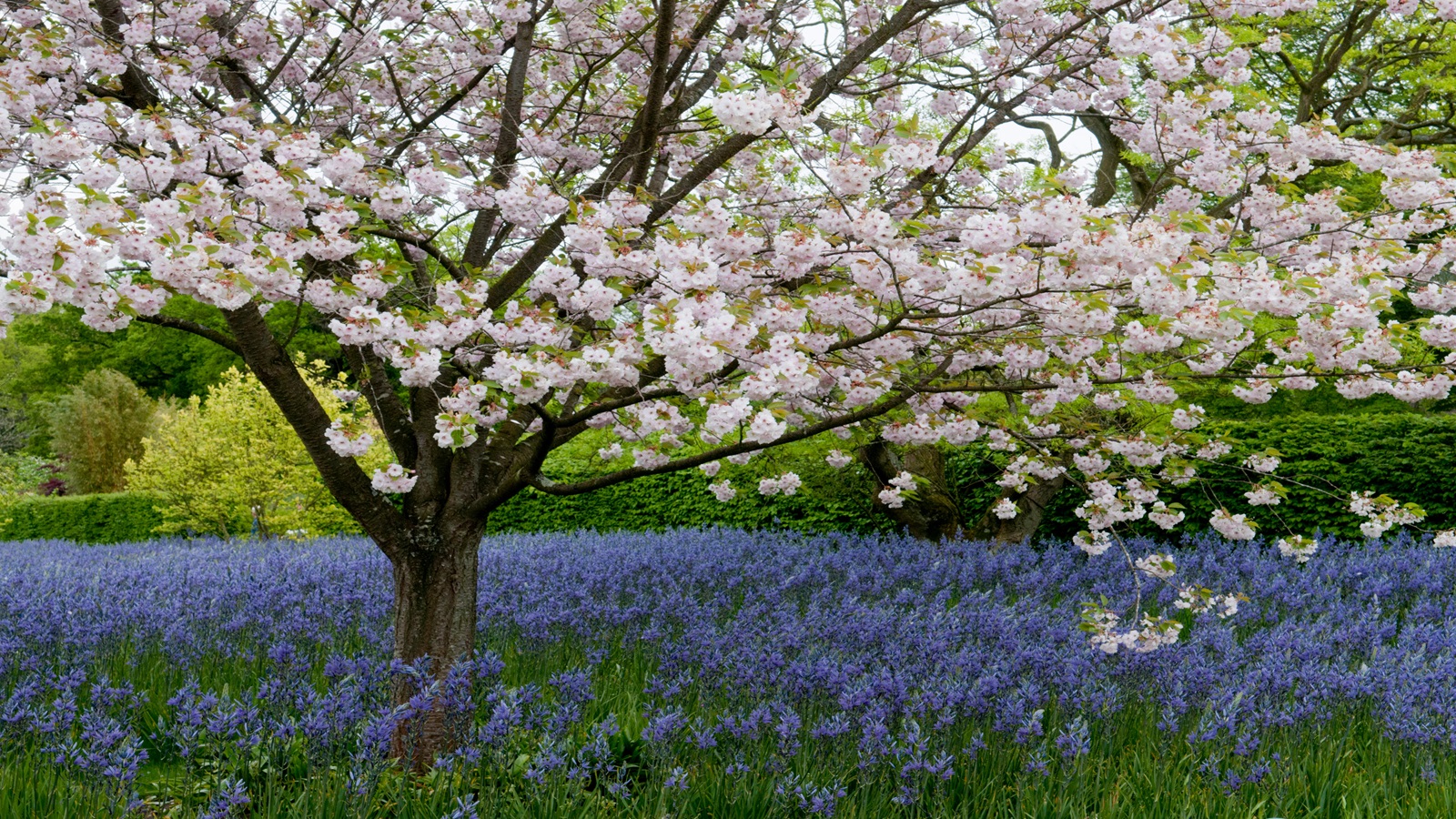
Camassia are captivating flowers. Often overshadowed by showier spring blooms such as tulips and narcissi, their delicate spires of blue, white or, occasionally, pink star-like flowers are a spectacular sight grown en masse, appearing as a hazy, colored cloud. These bulbs work well planted in wild areas amongst long grass, along the edges of woodland or grouped together in a border.
Among the best spring bulbs to plant in fall, camassias also known as wild hyacinth, camas or quamash are robust, hardy plants that will cope with soil conditions that most other bulbs struggle with. For very little effort they reward with a long-lasting display and also make fantastic cut flowers.
Originating from the Pacific Northwest, these pyramidal flowers were a staple food for native Indian tribes, who would eat the various parts of the plant either raw, baked or dried and pounded to a powder. A valuable source of nectar for hummingbirds and other pollinators, camassias help fill the gap between fading spring bulbs and the first of the summer perennials. If you are looking to add more easy-to-grow color and glamor to your patch, we have all the information you need.
Different varieties of camassia to look out for
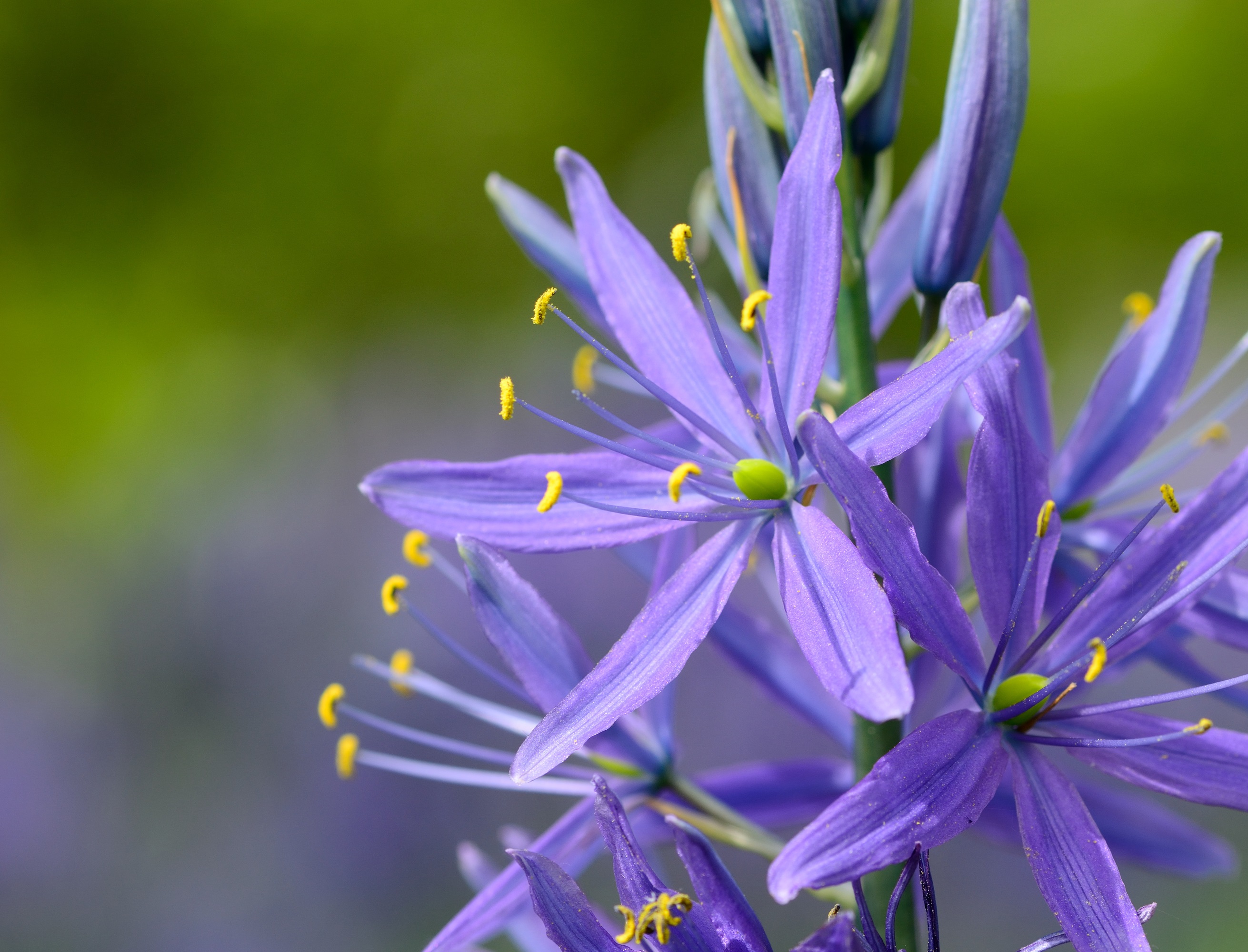
Hailing from the damp, heavy soils of US northwest, there are four main types of camassia to look out for.
Camassia liechtlinii – standing at 35 inches (90cm) tall, this variety has spires of widely spaced blooms in shades of pale pink, cream, white and blue. Its elegant open habit makes it a great contender for grouping in borders, amongst other low-growing perennials.
Camassia quamash (common camassia) – reaches heights of just 12 inches (30cm) making it ideal for growing amongst long grass and on the edge of woodland. With dark blue flowers and bright yellow stamens, it looks spectacular when left to colonize large areas. You can find Camassia quamash bulbs available at Nature Hills.
Camassia cusickii ‘Zwanenburg' – are early flowerers, blooming in May and June, before other camassia varieties. Growing to 29 inches (75cm) the flowers are a soft lavender blue with bright yellow anthers and subtle green tinted growing tips.
Design expertise in your inbox – from inspiring decorating ideas and beautiful celebrity homes to practical gardening advice and shopping round-ups.
Camassia scilliodes (Wild Hyacinth) - are native to the low rich woodlands, open meadows, stream banks and rocky slopes from Pennsylvania to Wisconsin south to Georgia and Texas. Reaching heights of 1-2 ft (30-60cm)
Zigadenus venenosus aka Meadow Death Camas is definitely a camassia lookalike to avoid. With upright stems, shiny basal leaves and clustered cream-yellow blooms with spiky anthers it can prove fatal to cattle and humans if eaten.
Where to grow camassia
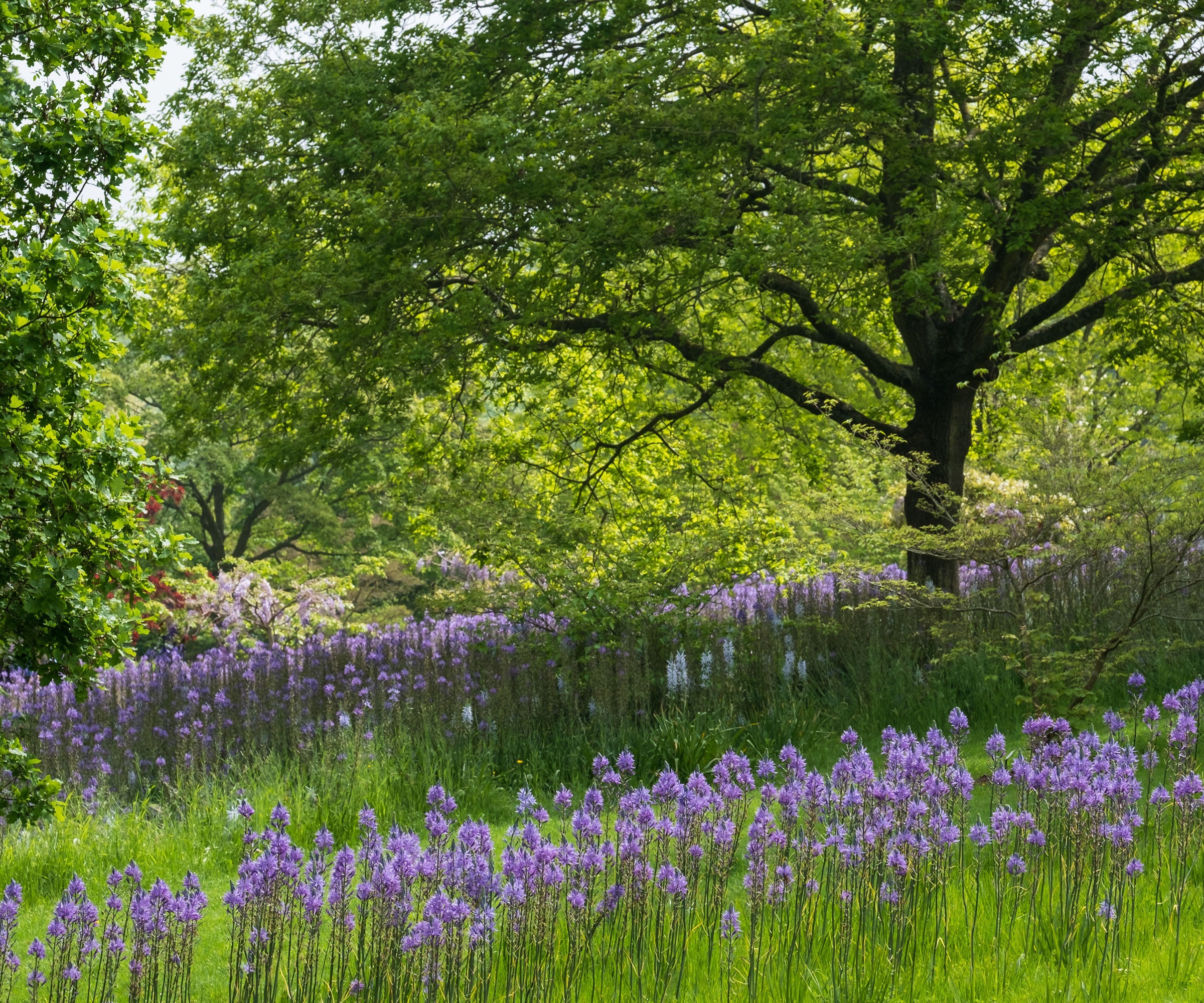
Thanks to their tall, elegant nature camassias look spectacular planted in large groups on the edge of a woodland area or as a part of a wildflower meadow.
‘These blooms do well in areas where they can naturalize,’ says horticulturalist, PeggyAnne Montgomery. ‘For instance, I plant them in my meadow, where they grow and bloom before the native prairie plants are tall enough to overshadow them. I wouldn’t plant them in lawns unless you are willing to mow very late.’
Frequently seen covering grasslands and prairies across the south, they will instantly bring charm and personality to a spring yard. elevate the charm and distinctiveness of your spring garden.
'These bulbs work best in US hardiness zones 4-8 so they will bloom a little earlier in zone 8 (April) than they will in zone 4,' explains bulb expert Chris Wiesinger. 'They do best in well-drained soil, but they can tolerate clay as long as they receive good watering. It will also take them longer to multiply in clay soil. This is a great plant to help hide the fading foliage of spring-blooming bulbs.'
How to grow camassia
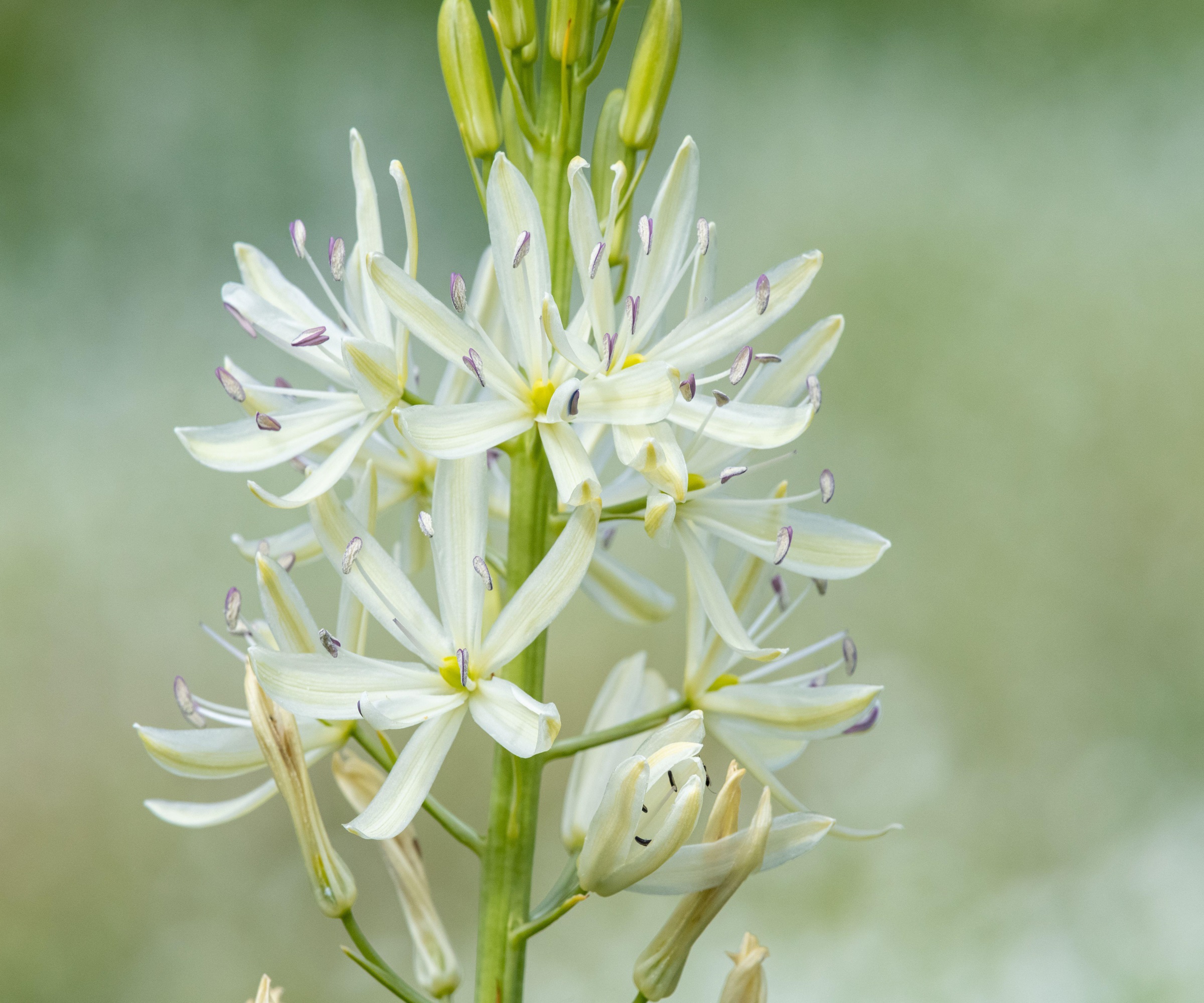
‘Camassias are easy to grow in moist, well-drained soil and can handle drier summer conditions as they go dormant in summer,’ says PeggyAnne Montgomery. ‘They bloom best in full sun but will tolerate light shade, making them a useful plant for edging wild areas and part shady borders.’
Best planted from September to November, these bulbs are simple to plant.
‘Like all my bulbs, I plant them with an inexpensive bulb auger, three times as deep as the bulb is tall,’ continues PeggyAnne.
‘When I’m a ‘good gardener,’ I add organic bulb fertilizer to the hole. When I’m being a ‘too busy’ gardener, I don’t use fertilizer, and they tend to do just fine.’ Walmart have a good selection of motorized and manual bulb augers.
How to care for camassia
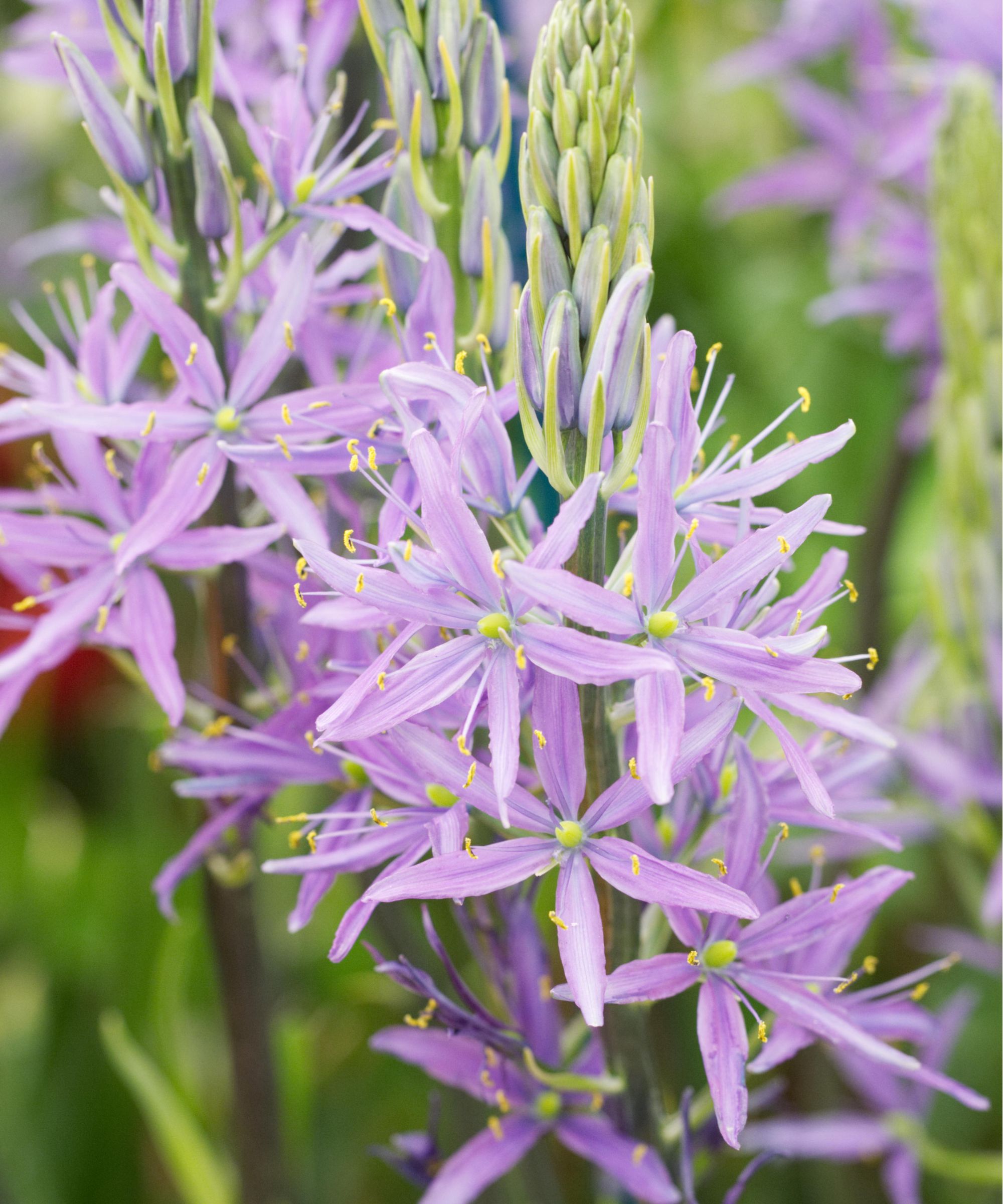
These bulbs are largely self-sufficient. Drought tolerant and happy in moist, heavy soils, they will willingly multiply, creating carpets of hazy color every late spring and early summer.
They will appreciate the occasional dowsing during long, dry periods but otherwise need little watering. Like all flower bulbs, camassias will not tolerate waterlogged conditions.
After flowering be sure to leave the stems and foliage to die back fully before cutting down or mowing. This enables the bulbs to fully replenish their energy stores before regrowing the following year.
‘Camassia not only multiplies from offshoots, but it also reseeds itself, though it will take several years,’ explains Chris Wiesinger. ‘Camassia does not work well in containers, however. It likes to be left alone once planted.’
If camassias become congested, or if you fancy introducing them elsewhere in the garden, they can be easily divided. After flowering, carefully dig a clump up and shake off the soil. Split into smaller groups or individual bulbs before replanting.

Peggy Anne Montgomery is a horticultural professional with more than 30 years of US and international experience in garden marketing and communications. An account executive for the Garden Media Group, she currently represents Dutch Royal Anthos, a trade organization for Dutch bulb growers and exporters in the US and Canada.
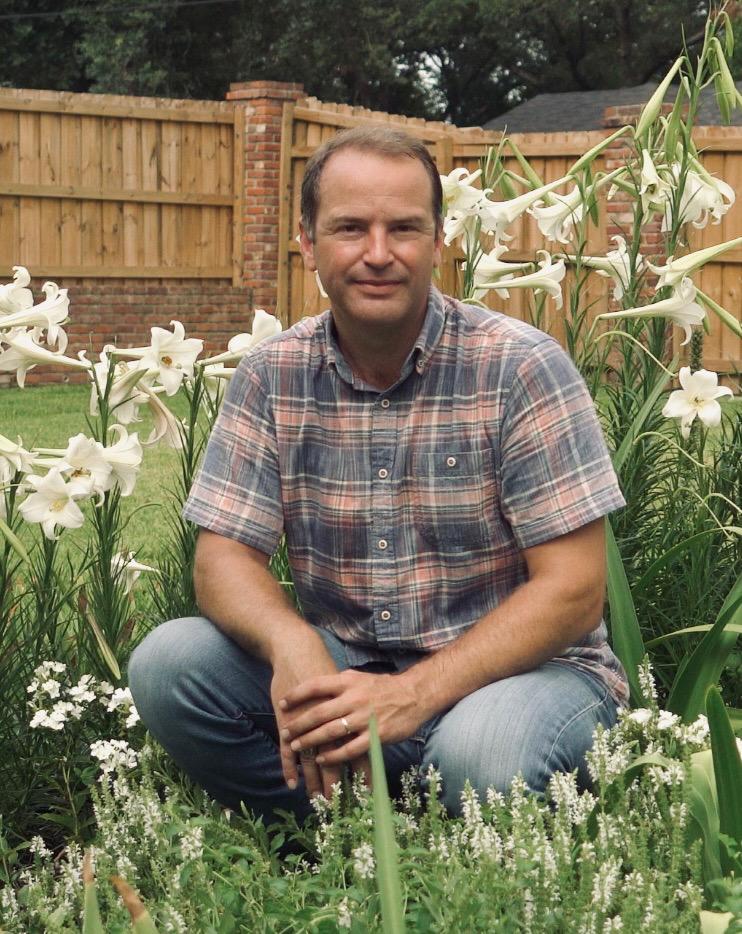
Chris Wiesinger founded The Southern Bulb Company in 2004 along with several friends in an attempt to recapture that which was once lost to the Southern gardener: bulbs that thrive in warm climates. Chris began collecting bulbs when he was young. He used his bulb passion for a college project at Texas A&M which then grew into a lifestyle and business. Chris sought out heirloom and rare flower bulbs like the red spider lily and is author of the The Bulb Hunter which details his life as a bulb collector and farmer.
Flowering from late spring to early summer, these plants are instantly recognised for their spires of slender, star-like flowers and protruding bright yellow anthers. Possessing a magical charm, they deserve a place in any yard.
As one of the best perennial bulbs to plant in fall, cammasias are an easy way to pep up late spring color and interest in your yard. An important flower to attract bees they are just one of many wildlife garden ideas you can try.

Journalist Jill Morgan has spent over 20 years writing and editing gardening, interior and property features. Titles she has worked on include The English Home, House Beautiful, Ideal Home, Houzz and Modern Gardens and she writes regularly for H&G as a Contributing Editor. Whilst she is a dab hand at renovation projects and DIY, she is happiest when out digging in the garden or planning a new border.